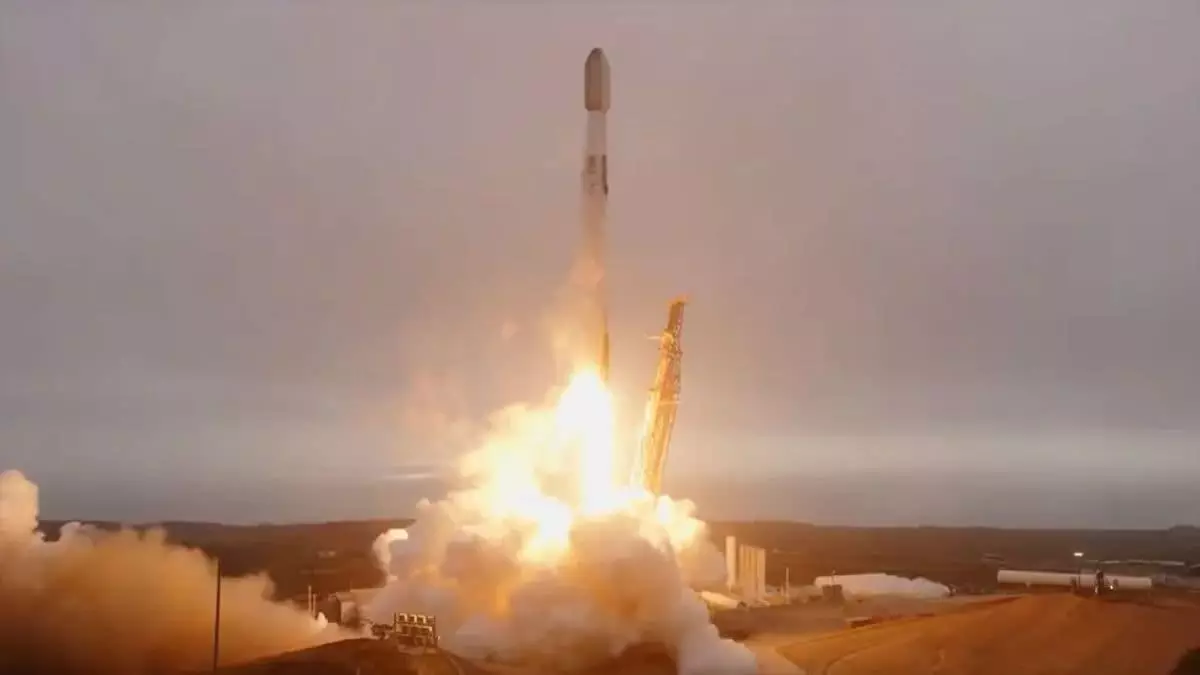SpaceX recently made headlines yet again, successfully launching 26 new Starlink satellites into orbit. This remarkable feat is not just a testament to technological ingenuity; it symbolizes a pivotal moment in how we perceive and utilize internet connectivity globally. As satellite technology advances, so too does the concept of a connected world—one which is more inclusive and equitable. The implications are extensive; while traditional terrestrial internet services can falter in remote areas, these satellites bridge the gap, allowing all corners of the globe the luxury of modern digital connectivity.
A Fresh Perspective on Global Access
The recent launch emphasizes SpaceX’s commitment to democratizing internet access. Imagine, for a moment, a world where geography is no longer a barrier to connectivity. Starlink’s extensive network allows people from rural communities to urban sprawls to engage in educational, economic, and social ventures without the limitations imposed by outdated infrastructure. For instance, in many parts of the world, a simple dish installed at home can connect families to vast resources and networks, transforming not only their lives but their entire communities. This is not merely about surfing the web; it’s about empowering societies.
Continuous Innovation: A Double-Edged Sword
While the prospects are glorious, the rapid advancements present their own dilemmas. With Starlink’s exponential growth come questions of space debris, regulatory challenges, and the broader implications for global communications. SpaceX claims over 7,600 active satellites, but at what cost to orbital safety? It’s crucial that we address these complexities as we sprint towards a future defined by satellite internet. The political and environmental ramifications must not be overlooked—even as the technological marvels shine brightly above us, our earthbound issues still loom large.
The Competitive Landscape
Encouragingly, SpaceX isn’t alone in this endeavor. While they currently dominate the field, several emerging players are keen to challenge their lead. This burgeoning competition can only serve to spur innovation and improve services. However, it also serves as a warning that the digital divide may not merely be divided geographically; it could also become polarized through price and access, especially in socio-economic terms. Current and future policymakers must prioritize equitable access to ensure that advancements like Starlink do not widen existing societal divides.
A Sustainable Vision
One cannot ignore the responsibility that comes with creating such a powerful network. If done correctly, Starlink can become an invaluable asset in crisis situations—essentially morphing into a lifeline during disasters when traditional communication systems fail. However, the critical question remains: will this initiative be driven by altruism or profit? SpaceX must tread carefully to ensure sustainability and ethical practices are interwoven throughout their growth. The potential of their satellite network is immeasurable, but it is imperative to remember that technological progress should align with ethical responsibility.
In navigating these complexities, SpaceX’s evolving space infrastructure is a reminder of the fine line between progress and reckless innovation. The hope is that as we reach for the stars, we keep our feet firmly planted on the ground, prepared to address the challenges that accompany our ascent into an increasingly interconnected world.


Leave a Reply